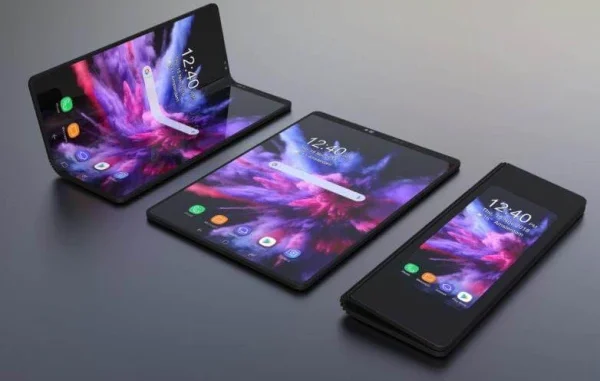
Introduction
Foldable phones are revolutionizing the smartphone industry, offering a blend of innovation, functionality, and style. These devices combine the portability of a smartphone with the expansive screen real estate of a tablet, providing users with a versatile and immersive experience. Here’s a look at why foldable phones are considered the future of mobile technology.
The Evolution of Foldable Phones
Foldable phones have come a long way since their inception. Early models faced challenges such as durability issues and high costs, but recent advancements have addressed many of these concerns. Today’s foldable phones feature robust hinges, flexible displays, and improved materials that enhance their longevity and usability1.
Key Features of Foldable Phones
- Flexible Displays: The hallmark of foldable phones is their flexible OLED displays, which allow the device to bend and fold without damaging the screen. This technology provides a seamless transition between phone and tablet modes1.
- Multitasking Capabilities: Foldable phones excel in multitasking, enabling users to run multiple apps simultaneously on a larger screen. This feature is particularly beneficial for productivity tasks, gaming, and media consumption2.
- Enhanced Portability: Despite their larger screens, foldable phones can be compactly folded to fit easily into pockets and bags. This makes them convenient for users who need a large display on the go2.
- Innovative Designs: Manufacturers are experimenting with various foldable designs, including clamshell and book-style folds. Each design offers unique advantages, catering to different user preferences and needs3.
Leading Foldable Phones in 2024
- Samsung Galaxy Z Fold 6: Known for its large, tablet-like display and powerful performance, the Galaxy Z Fold 6 is perfect for users who need a versatile device for work and play4.
- OnePlus Open: This device offers a perfect balance between size and functionality, making it an excellent choice for those who want a foldable phone that feels just right in both phone and tablet modes1.
- Motorola Razr Plus (2024): A modern take on the classic flip phone, the Razr Plus combines nostalgia with cutting-edge technology, featuring a compact design and a large external display for quick access to notifications4.
The Future of Foldable Technology
As technology continues to advance, foldable phones are expected to become more mainstream. Future developments may include:
- Improved Durability: Ongoing research into materials and hinge mechanisms will likely result in even more durable foldable phones5.
- Lower Prices: As production processes become more efficient, the cost of foldable phones is expected to decrease, making them accessible to a broader audience5.
- Enhanced Features: Future foldable phones may offer even better multitasking capabilities, higher refresh rates, and more advanced camera systems5.
Conclusion
Foldable phones represent a significant leap forward in mobile technology, offering users a unique combination of portability and functionality. With continuous improvements in design, durability, and affordability, foldable phones are poised to become a staple in the smartphone market. Whether you’re a tech enthusiast or a casual user, the future of foldable phones promises exciting possibilities.

Leave a Reply